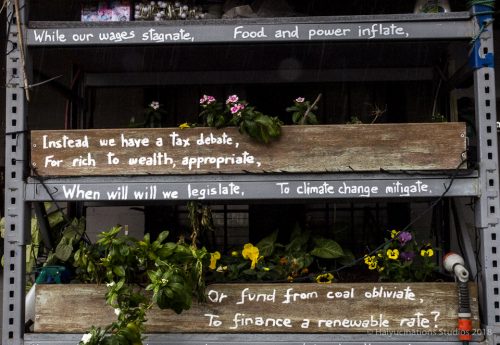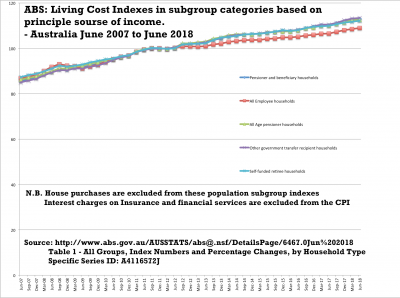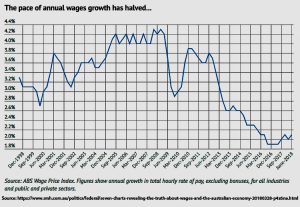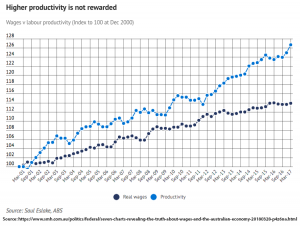Guide to an Insurrection

By John Haly
Just when we thought 2020 was finished, 2021 got off to a foreboding start as Americans attacked their own capitol building in scenes reminiscent of some third world coup. Fortunately, it was completely unsuccessful. Trump has ignominiously left office with a whimper rather than any fanfare. Still, it is worth reviewing this coup/insurrection attempt by Trump and his allies, to understand both the depths of their treason and the legacy America has yet to deal with appropriately.
Long history
America has been deeply embedded in rebellion from its inception, commencing with British setting fire to the U.S. Capitol in 1814 during the British invasion of Washington. By 1861 to 1865, the American Civil War tore the country apart, demonstrating internal schisms have a deep-rooted history. The end of the American civil war gave rise to the KKK and a growing racist and fascist movement in America. By the time German Fascists emerged in the 1930s, America had established its own fascist movement as manifested by Charles Lindbergh’s “America First” isolationists rhetoric. American support by corporate fascists for the German’s authoritarian efforts in WW2 are well known. Enabling corporations such as IBM, Ford, GM and industrialists like Fred Koch (father of the Koch brothers) enabled a fascist regime. They experienced no real reprisals for supporting the German’s murderous regime. The USA continues to breed fascists and racists and strengthen its growth within its borders. For all the Americans’ rhetoric that protests “this is not who we are“, they might consider a review.
Insurrection or coup?

Percentages hide the depths of the problem in America that real numbers might reveal
These “movements” breed the insurrectionists amongst their constituents. Trump’s leadership encouraged their “activism” within America. I use the description “Insurrectionists” as defined under U.S. law to mean “a violent uprising by a group or movement acting for the specific purpose of overthrowing the constituted government and seizing its powers.” However, the Capitol riot’s description as a “coup” by Fiona Hill of Politico is compelling. On Wednesday, 1 pm on the 6th of January 2021, America’s right-wing racist/fascist community descended upon Washington’s Federal Capitol building. They began climbing its walls and smashing into its doors and windows, beating – and in one case killing – Capitol police officers. All to gain access to modify the outcome of the Electoral count, due to be finalised inside what many other Americans, consider the epicentre of American democracy. The insurrectionists were driven by either/or Qanon conspiracy theories, white supremacist racism and a Trump glorifying conservative Christianity. Despite philosophical contradictions, one consistent belief shared by all who stormed the Capitol was a false idea that Trump somehow won the 2020 election. This, despite all the evidence in recounts, court cases and scrutiniser’s oversight evidence, that the opposite is true.
It has been described as a failed attempted coup, long-planned by the rioters and motivated by America’s white supremacist-in-chief, Donald Trump. A president who has now been impeached, yet again, and this time for “aiding and abetting” the insurrection. Accepted now even by his previously most fervent supporter amongst the Republicans, Mitch McConnell. What has become increasingly evident is that the most significant reason for its failure as a coup was the insurrectionist’s incompetence and imbecility.
Election countermoves
Not, although for the lack of endeavoured planning. It wasn’t until the 12th of November a little over a week after the 2020 election that Trump tweeted his alignment to a debunked Qanon claims about voter fraud connected to Dominion Voting Systems that makes voting machines. Having descended into that “rabbit hole”, the claims became more absurd over time. Unfortunately, too many Donald Trump followers began to believe the lies and follow him down that “rabbit hole“. On the other hand, these rioters-to-be had been preparing and training, as revealed in intercepted Zello conversations.
Plans fermented over Social Media on sites such as Twitter and Facebook and later Gab and Parler. The consequences of which pushed Twitter and Facebook to crack down on QAnon and other conspiracy nonsense over the summer. Qanon followers frequently openly called for violence and an event known as “the storm“. Many expected January the 6th, was “the storm” although, given the way “after more than four hours, the mob was cleared” and subsequent protests fizzled away, it blew itself out as most storms do.
By the 22nd of December, the media (social and otherwise) raised the alarm about January the 6th. Arieh Kovler Twitter thread expressing anxiety about that date also speculated about the 2200 Capital police officers’ inability to defend the capital.
Capital offences

If journalists knew it then so did America’s security apparatus but only 500 capital police were assigned to the Capitol Building
Instead of a cast of thousands, the Capital police felt they did not need a full complement nor any extra support from the FBI or Pentagon despite foreknowledge by US Security services. Barely 500 Capital police without riot gear were deployed to defend the building against a cast of thousands. This failure of command led to U.S. Capitol Police Chief’s resignation, Steven Sund, as he fed his woefully equipped police force to the “lions”. Oddly the Capitol Police arrested only 14 people in sharp distinction to the 400 people arrested protesting Brett Kavanaugh’s nomination to the Supreme Court, or the 181 people arrested in 2017 objecting to the GOP’s elimination of aspects of Obamacare or the 575 people arrested in 2018 while protesting the president’s immigration policies or … well it is a long list. The anomalous treatment of protesters gives credence to the idea that amongst the Capitol police were sympathisers to the “cause“. This was also evidenced by some police taking selfies with the rioters and providing unrestricted entrance to the Capitol while staff and lawmakers were still inside.
Accusations of complicity with the rioters were not isolated to the Capitol Police. Investigations into Republican lawmakers giving Capitol tours to insurrectionists in the week before the riots are being opened. Many events before January 6th prepared the insurgents, as Sandi Bachom, Video Journalist reported. Alex Jones (of Infowars) held a rally inciting crowds in preparation for January 6th where Donald Trump was scheduled to address the crowds at the Ellipse near the Washington monument. By Wednesday the 6th at midday, President Donald Trump in a recorded address encouraged thousands of supporters to march on the US Capitol to protest the election results. Promising to “be there with you” as they proceeded with his march on the Capitol, Trump had other premeditated plans. Trump travelled back to the White House to continue to view what he had unleashed, after having spent time in a Tent equipped with monitors, where his family had drank and watched the coup develop in complete safety.
Meanwhile, on Capitol grounds, some insurrectionists organisers armed with megaphones attempted to coordinate an orchestrated event with a coordinated plan. Many others had not been so well briefed or had the pre-riot tours. The results, although, were chaotic. As some called for peaceful protests, other demanded and exhibited violence dragging police into the crowd and beating them. What was ironic was the numbers of law enforcement and military personnel amongst the rioters and racist support staff amongst the Capitol Police. Eventually, Mike Pence authorised the National Guard to end the riots, as Trump had no stake in ending the chaos.
Aftermath
While Electoral Certification proceedings were halted when the riot began, they resumed at 8 pm. Despite ridiculous objections raised during the proceedings and the mass of Republicans who voted against the count, Biden was confirmed to be the next president. Thereafter the innumerable videos posted by the insurrectionists became the evidentiary material for their subsequent arrests. The FBI’s capacity to track the insurgents was aided by collected Parler posts’ depositories (including deleted entries), as used by the insurrectionists.

The embers are still hot, & the passion for conspiracies, racism, & RW Christianity still smoulder.
Despite whatever planning was put into the coup, it would seem they did not take into their considerations some features of telecommunications infrastructure unique to the Capital building. The Capital has it’s own “cellular and wireless data infrastructure of its own to make communications efficient in a building made largely of stone, and that extends deep underground and has pockets of shielded areas.” Hence every insurrectionist that entered the building were tracked and triangulated by their phones, that innumerable rioters were using to photograph and record. The computers that constitute that telecommunications infrastructure logged everything from their phone number to their location in the building.
Emboldened by the day, right-wing agitators planned further protests in the following days at other capitals. However, the turnout to these was classified as non-events by observers, as National Guard, and law-enforcement agencies were assigned to protect many other State’s capitol grounds.
Despite never winning the popular vote in either election, the twice impeached Donald Trump’s ascension to the president’s office was always supported by racism, religion and xenophobia. On page 13 in his book “Everybody Lies” by Seth Stephens-Davidowitz, it was demonstrated that racist Google searches had the highest statistical correlation with support for Trump in the Republican primaries. Trump’s support amongst the bigots for whom racism, xenophobia and misogyny are psychological norms, I discussed four years ago, so I need not rehash that again. Nor do I need to discuss Trump’s relationship to Fascism which has apparently being rediscovered. The American’s support for this social dysfunctionality has not diminished, it has been – for now – merely suppressed.
The insurrection fire supporting installing Trump as president for an indeterminable further term of office cooled, spluttered, but has not died. They are repressed, not repentant. The embers are still hot, and the passion for conspiracies, racism, xenophobia and authoritarian Christianity still smoulder amongst the 74.222 million Americans who voted for Trump. God help America if they ever find a competent fascist to vote for in 2024.
[Correction: An earlier version of this article misrepresented the timing the events of the tent monitoring of the insurrection by Trump and his family.]
Like what we do at The AIMN?
You’ll like it even more knowing that your donation will help us to keep up the good fight.
Chuck in a few bucks and see just how far it goes!












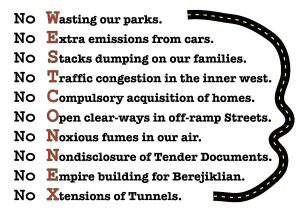
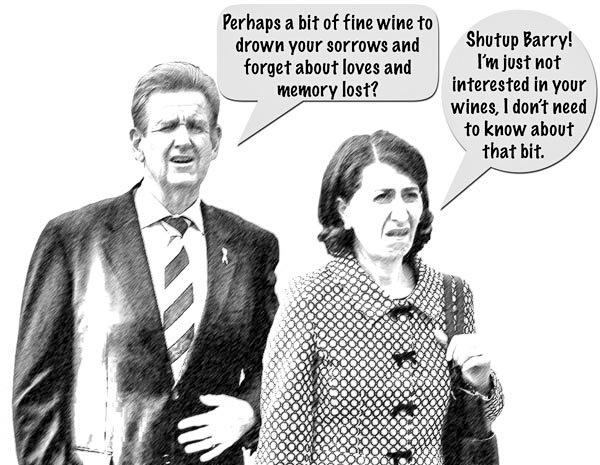
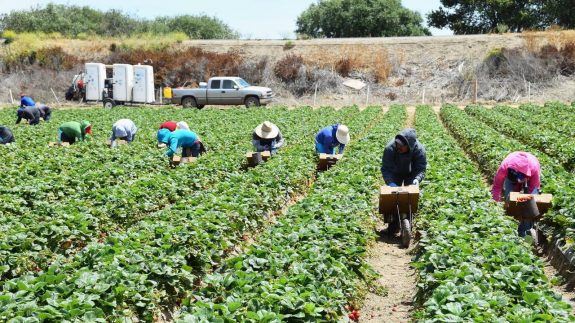






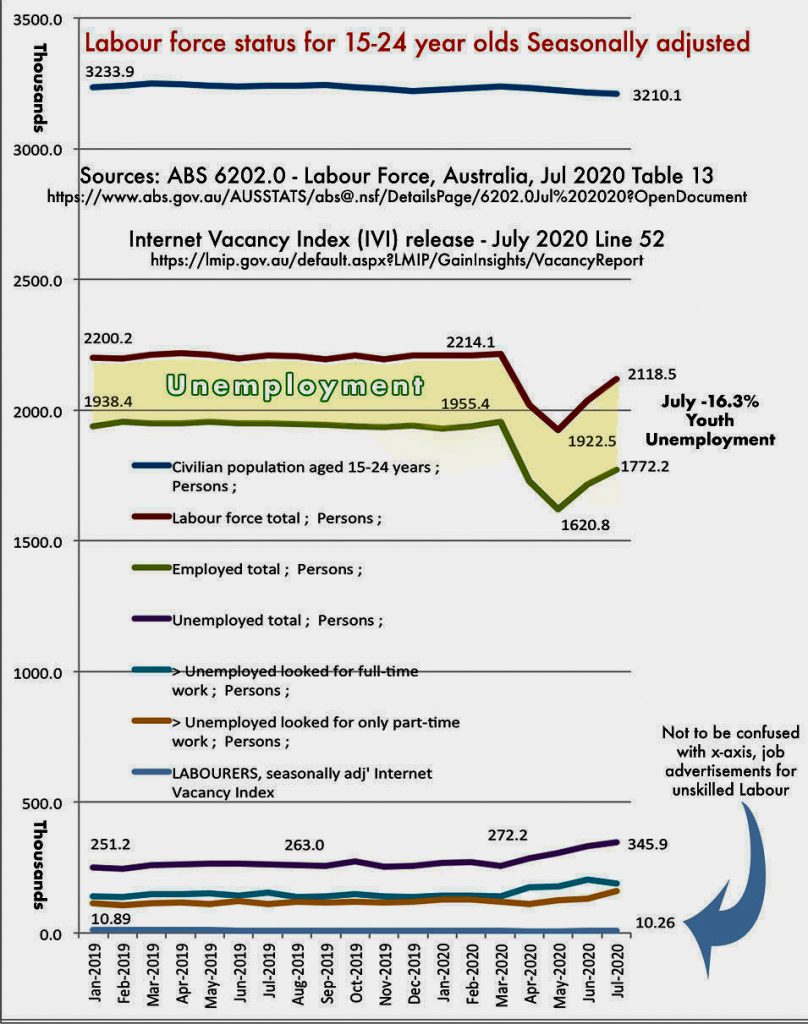
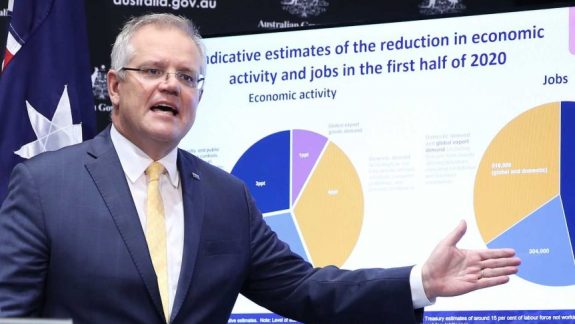

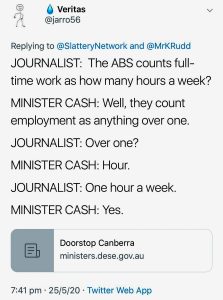

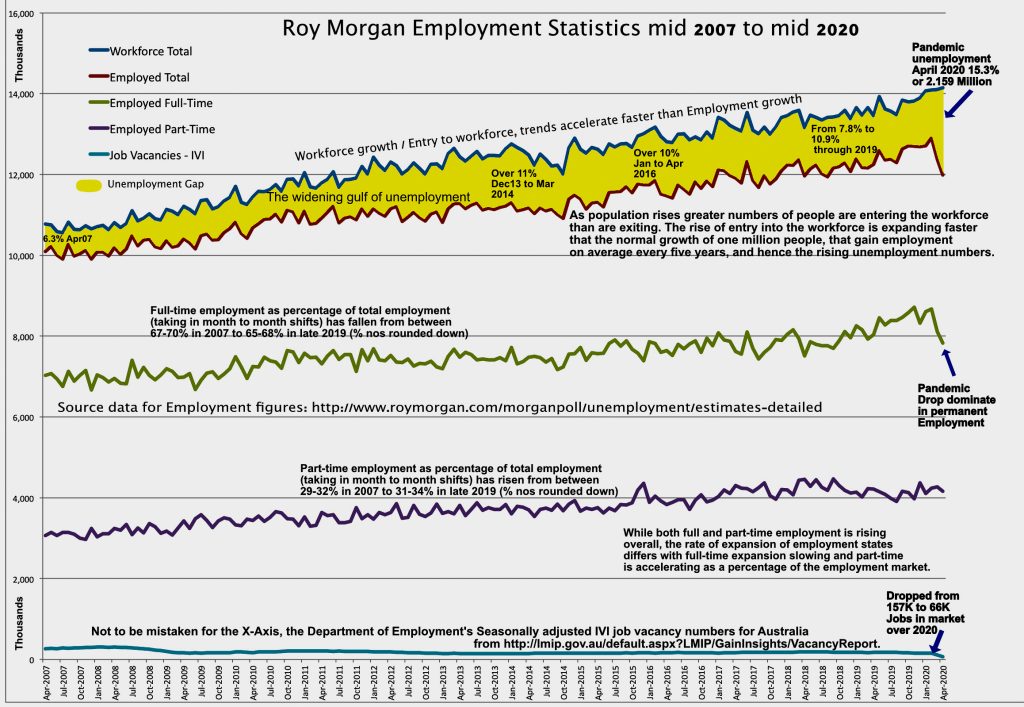



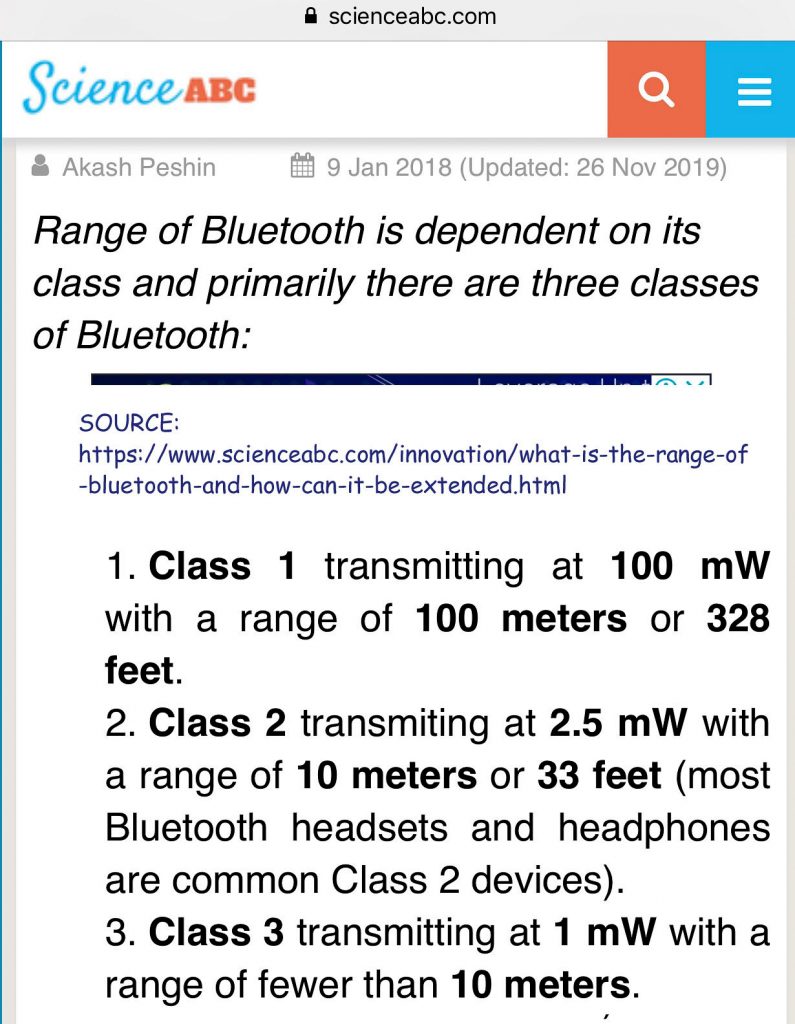


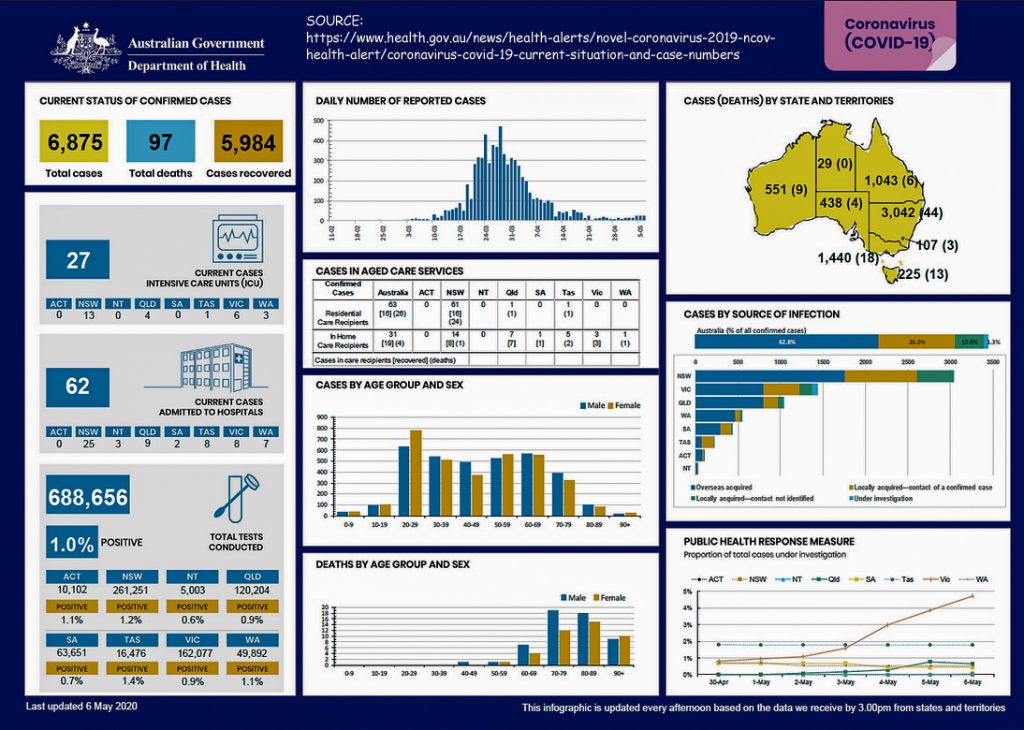
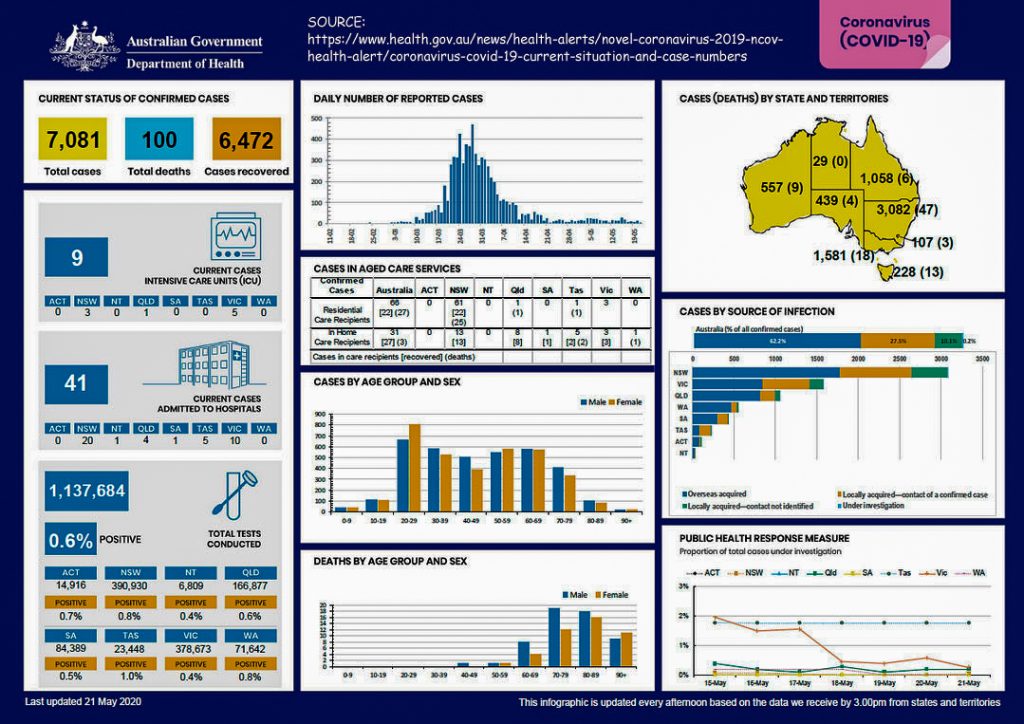


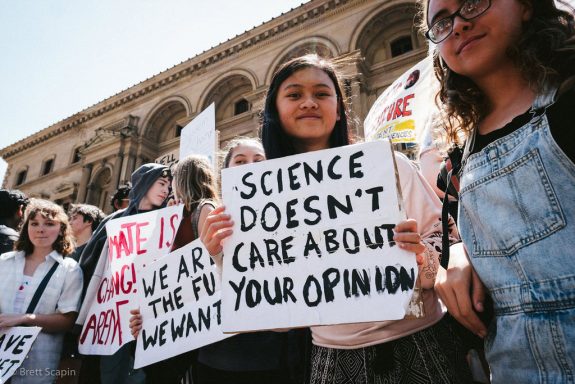
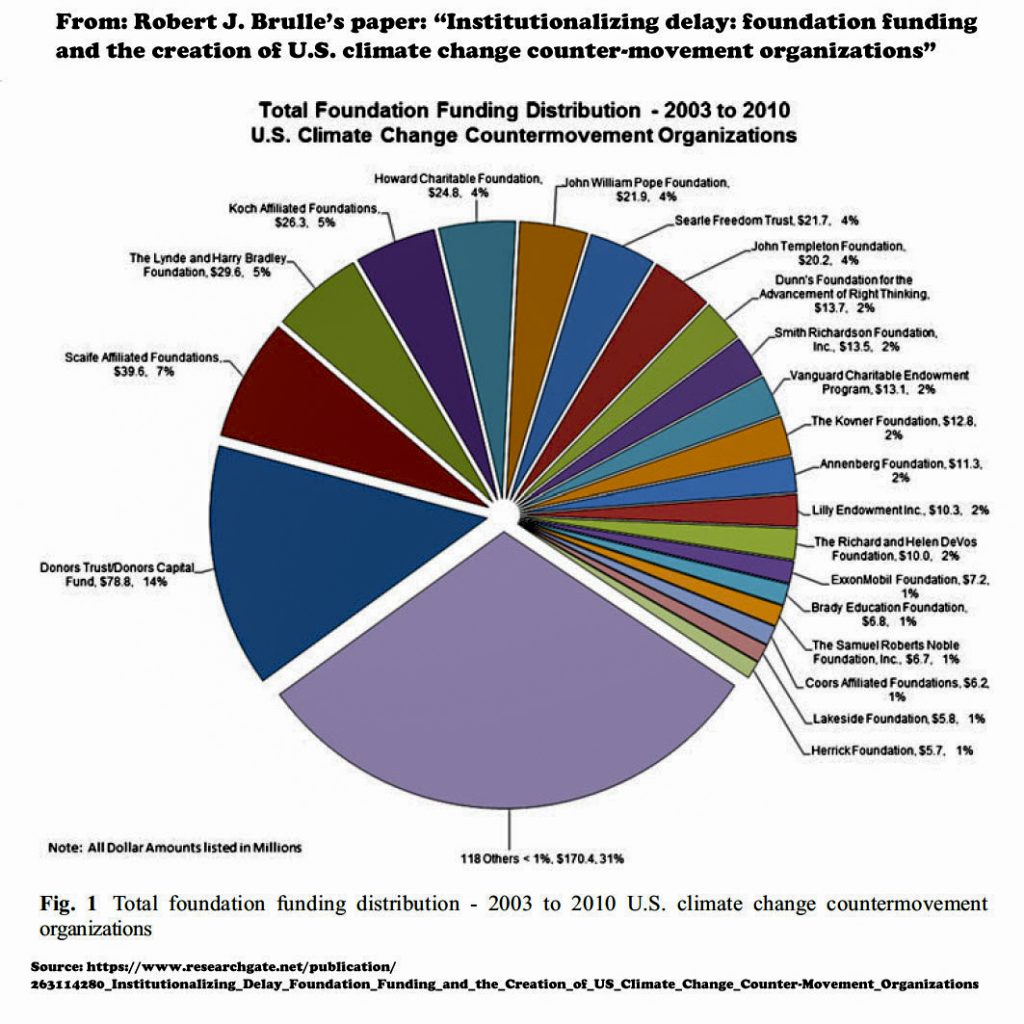

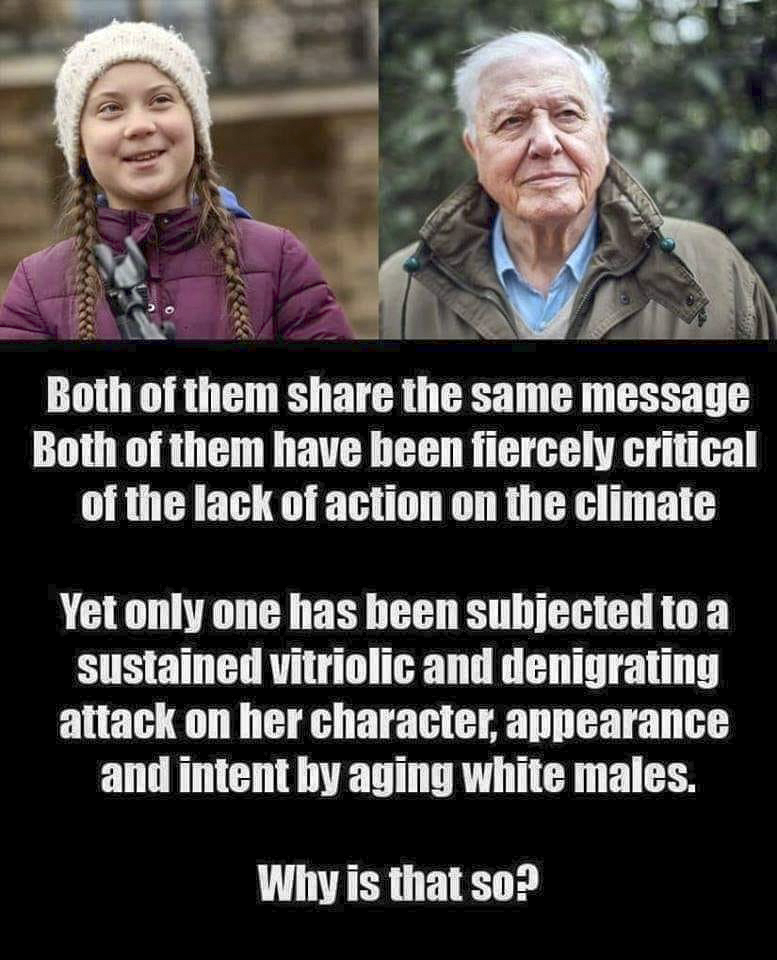
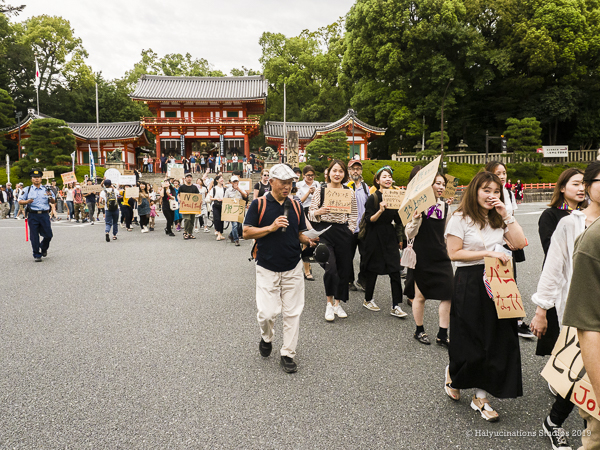
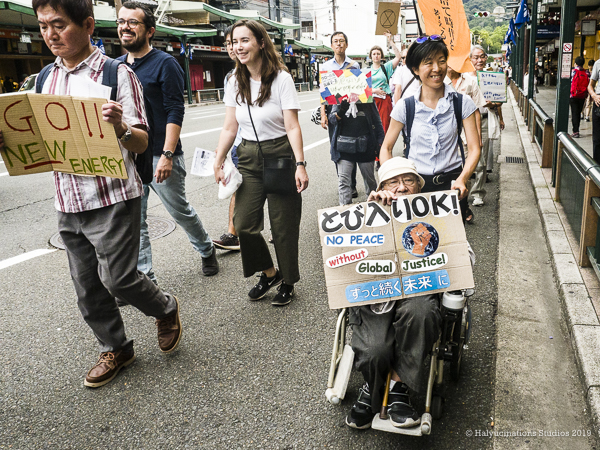
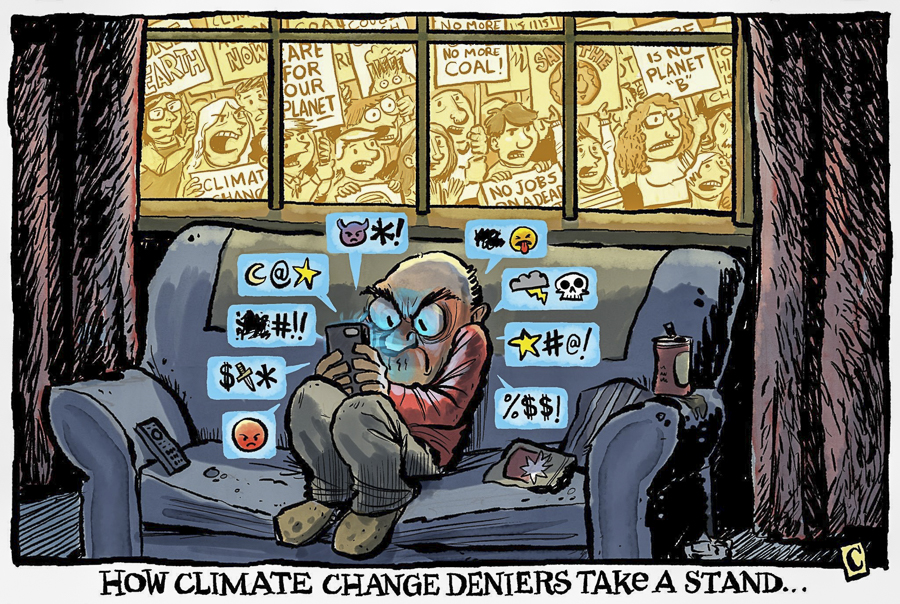

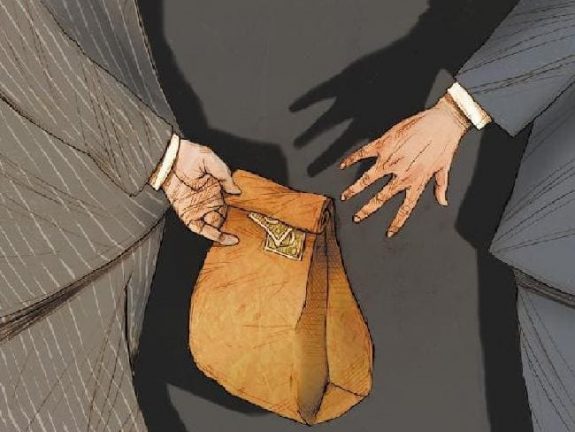
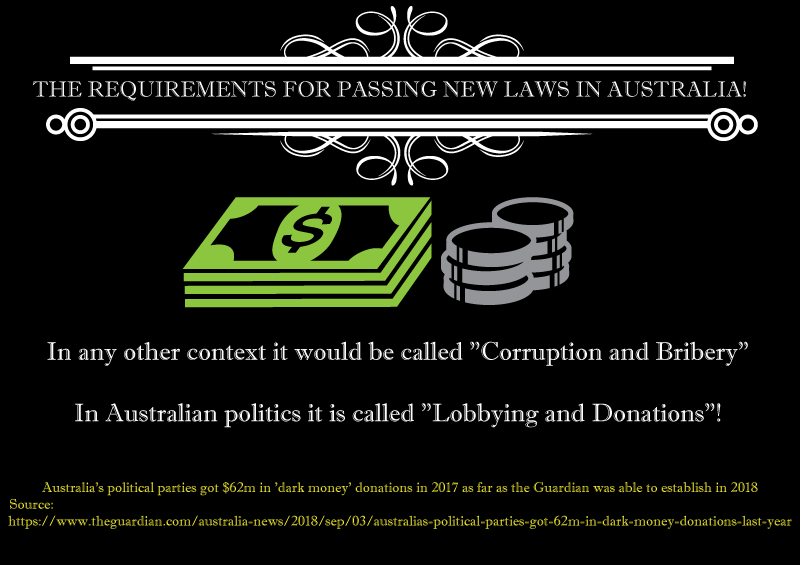
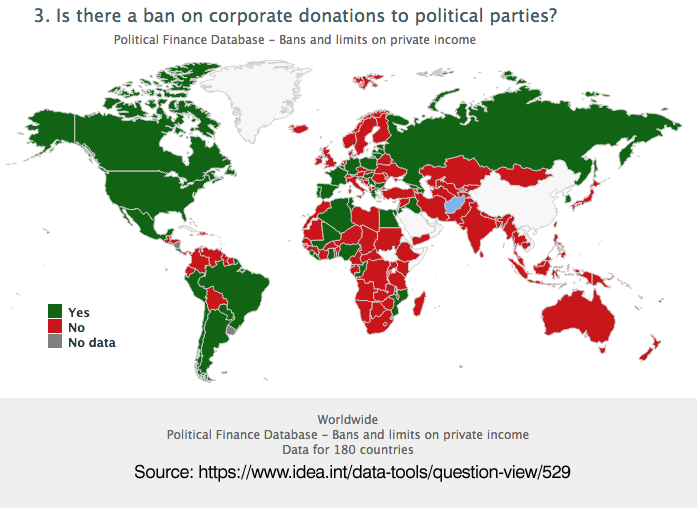

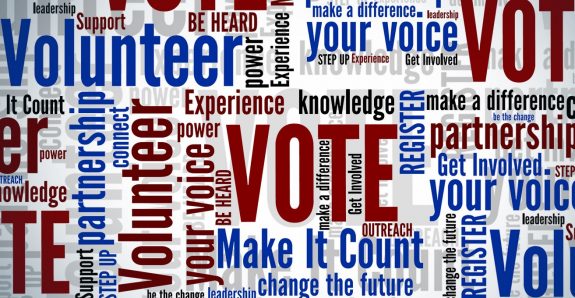
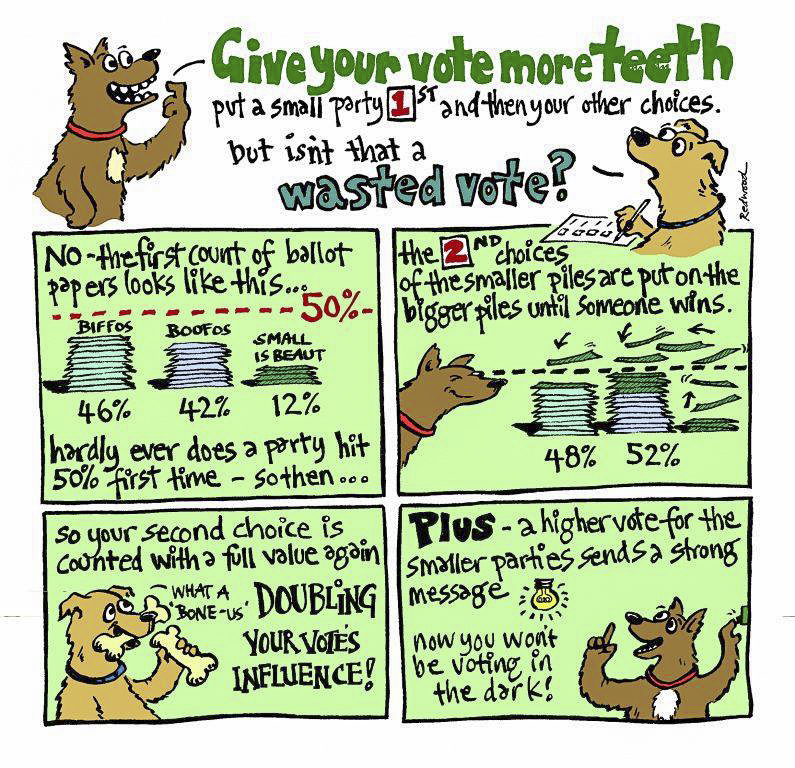
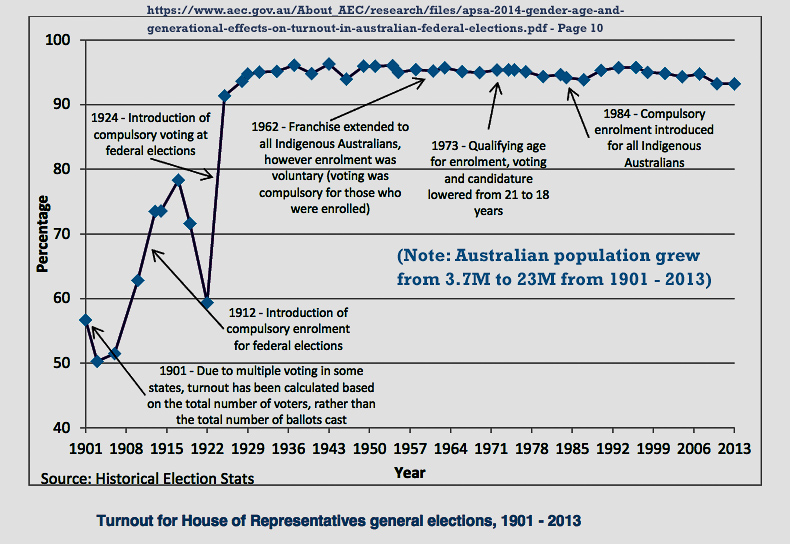
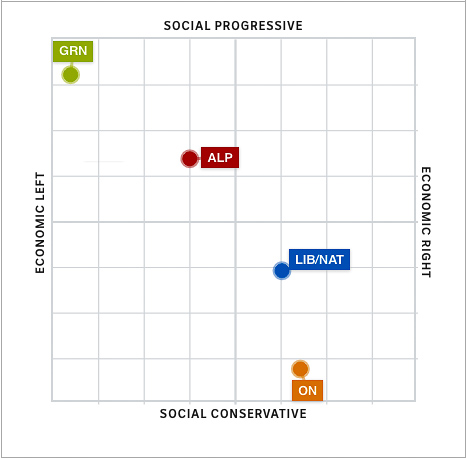
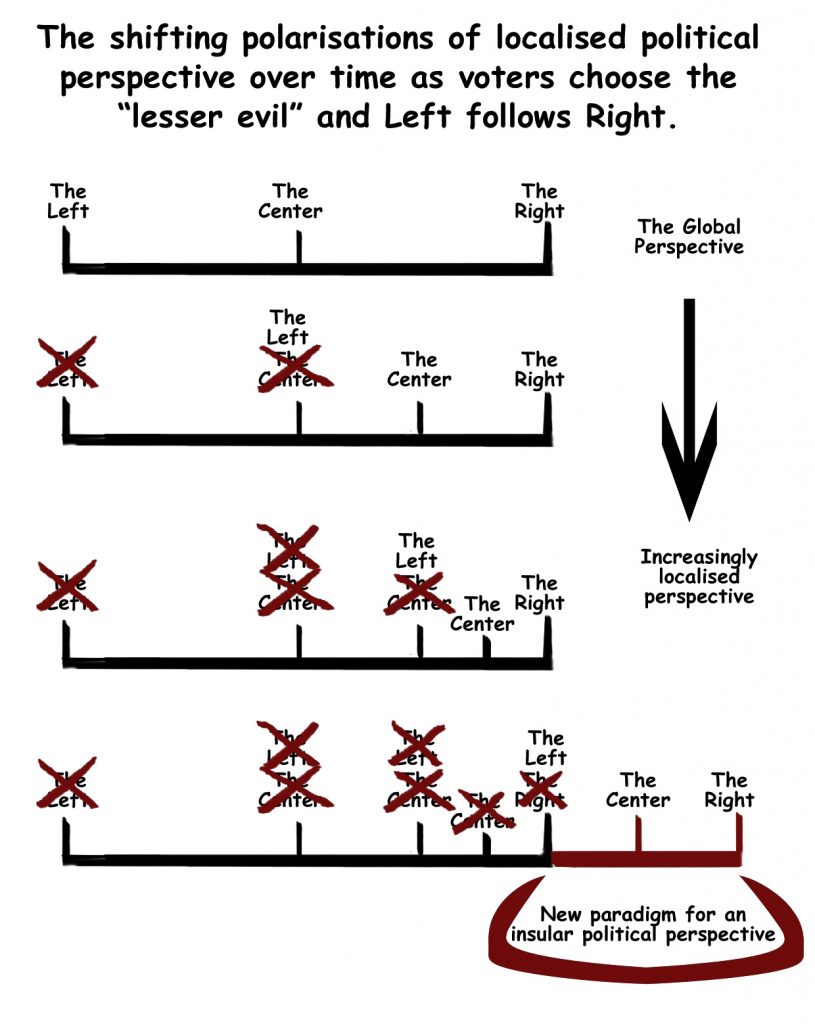
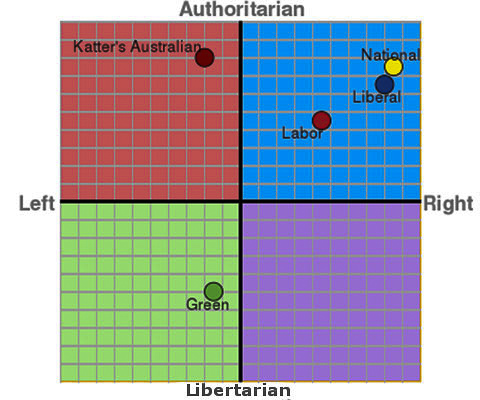
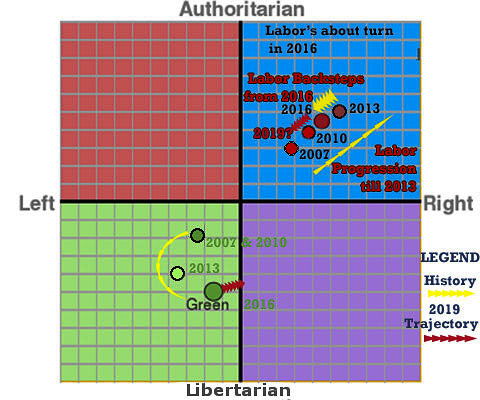
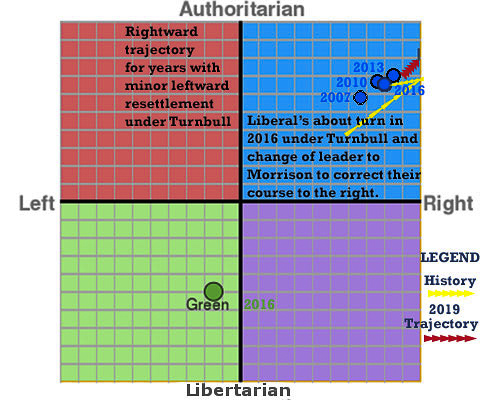
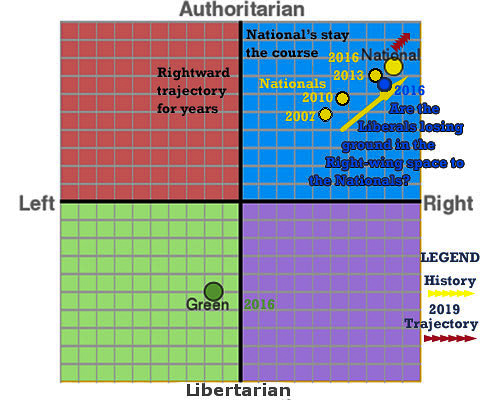
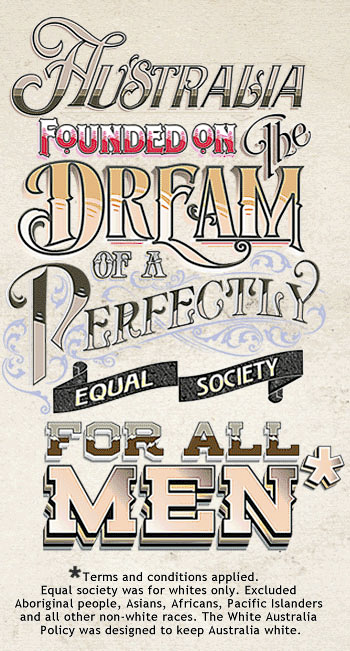
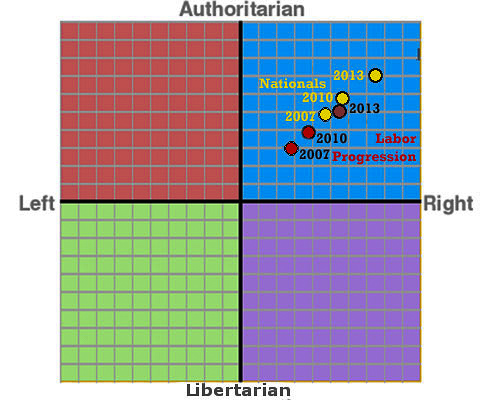
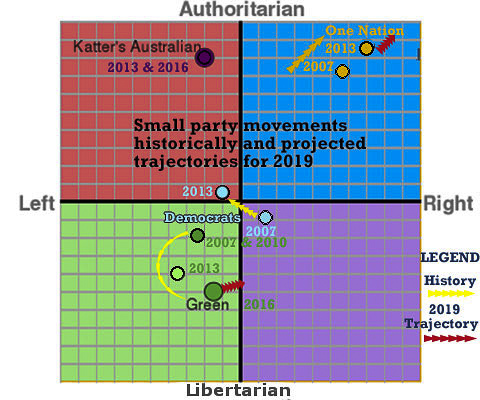
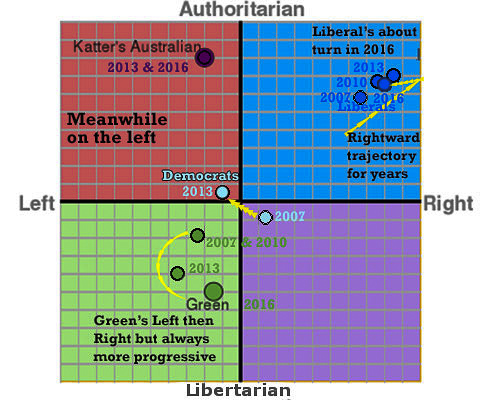
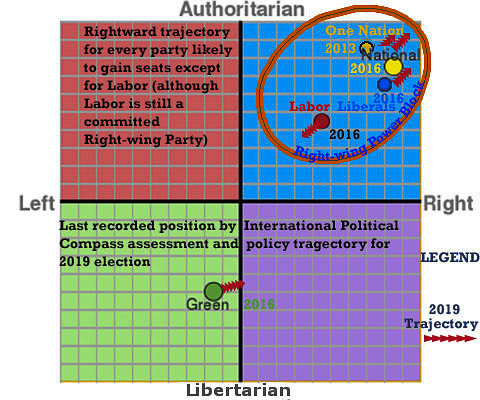
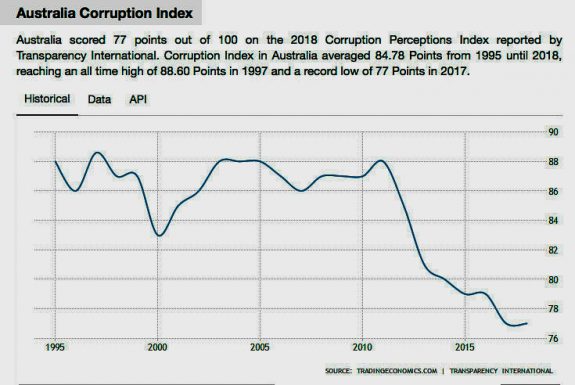
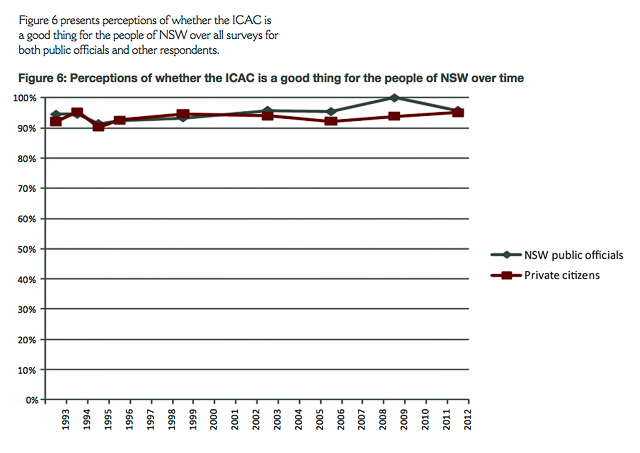

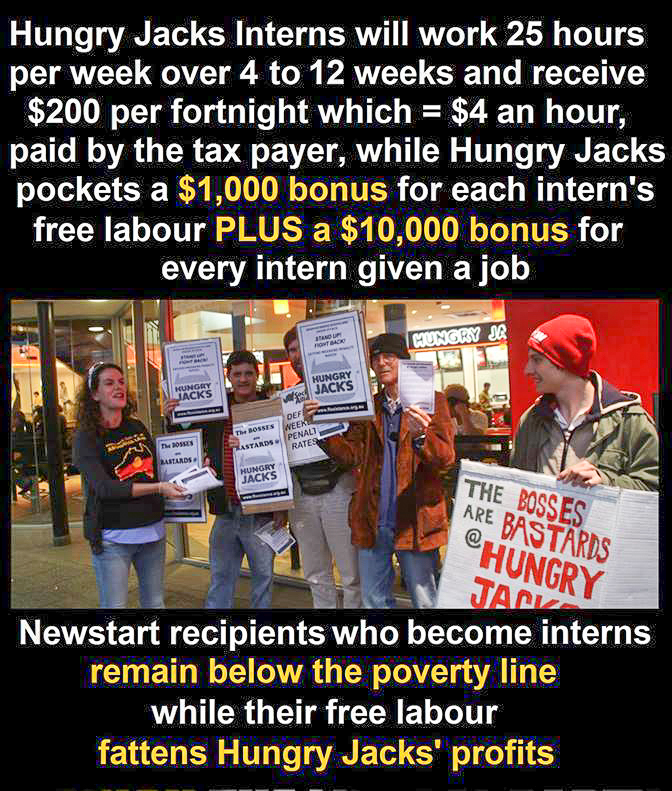
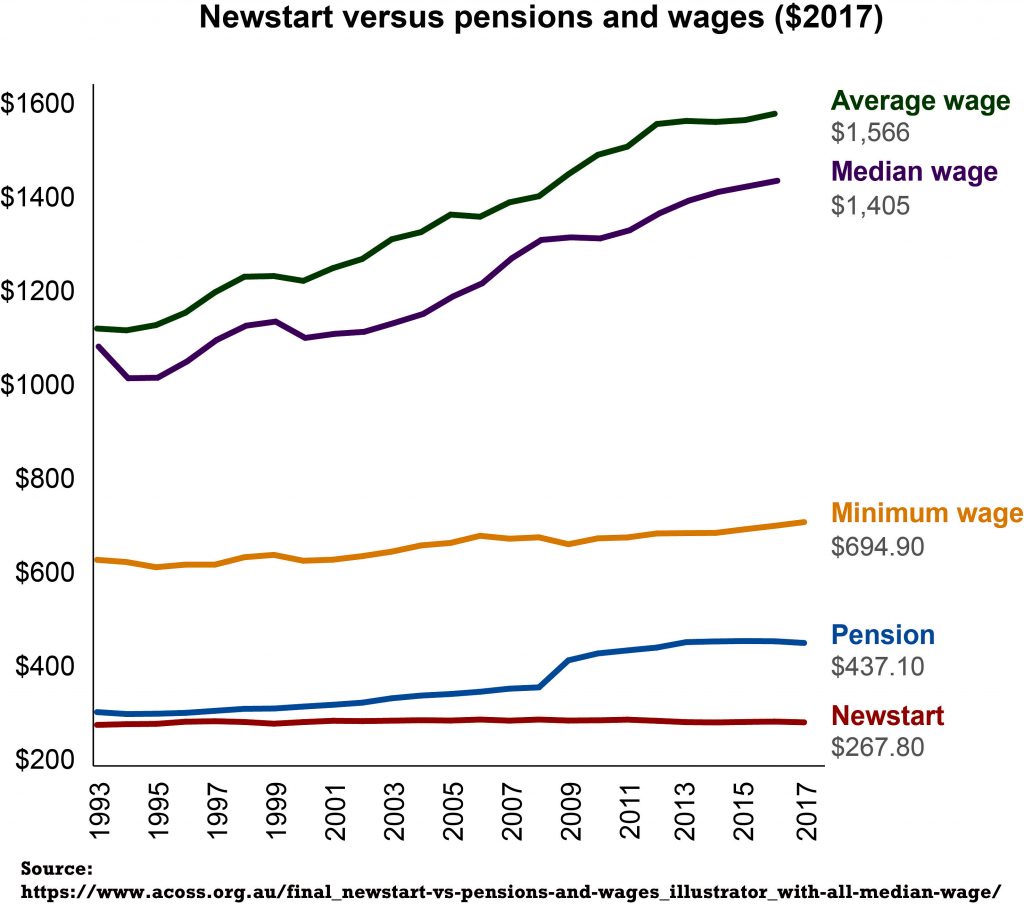
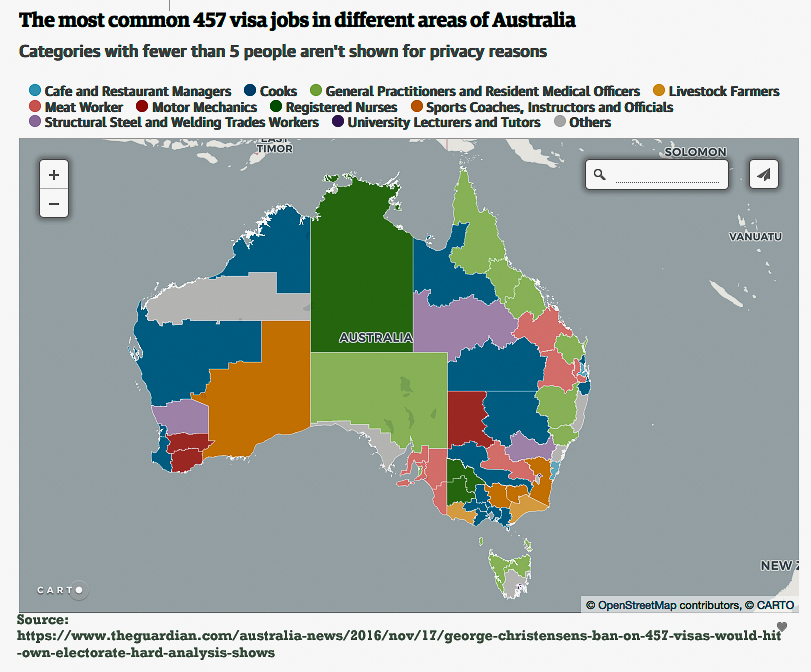
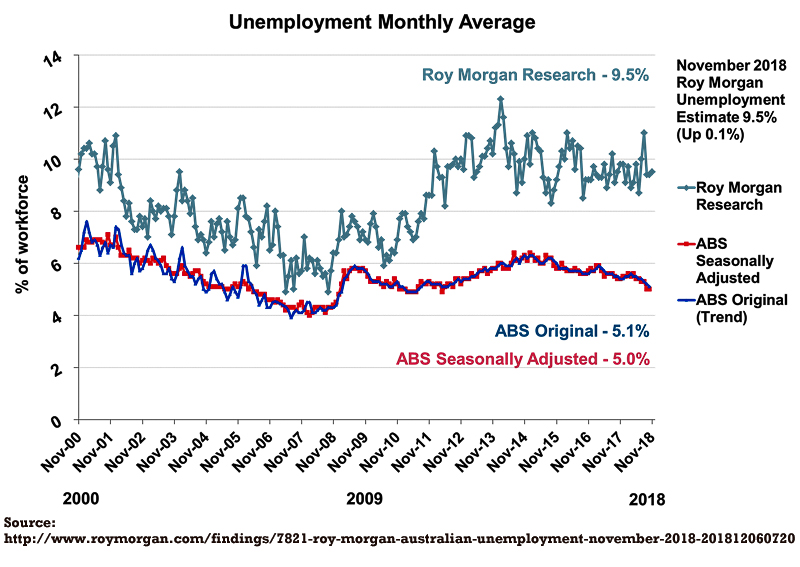
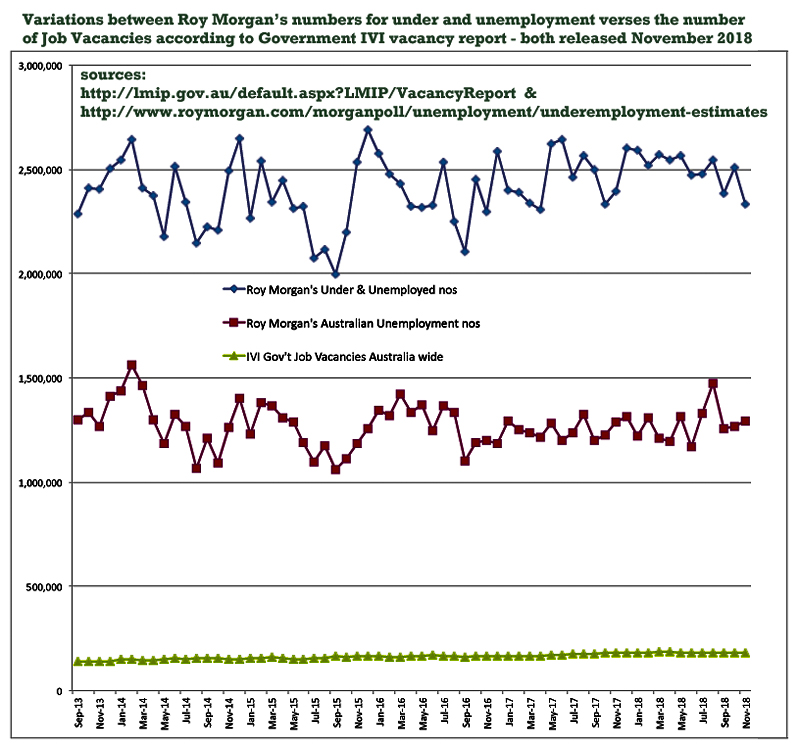
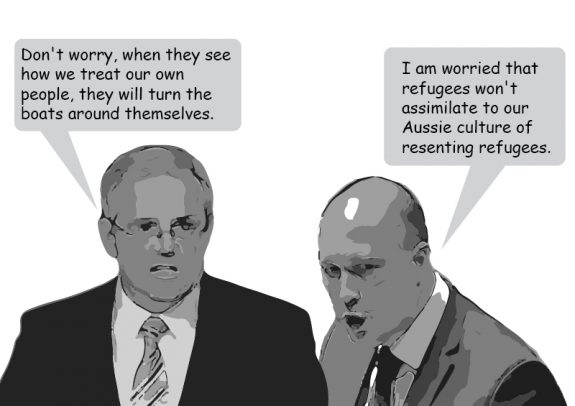
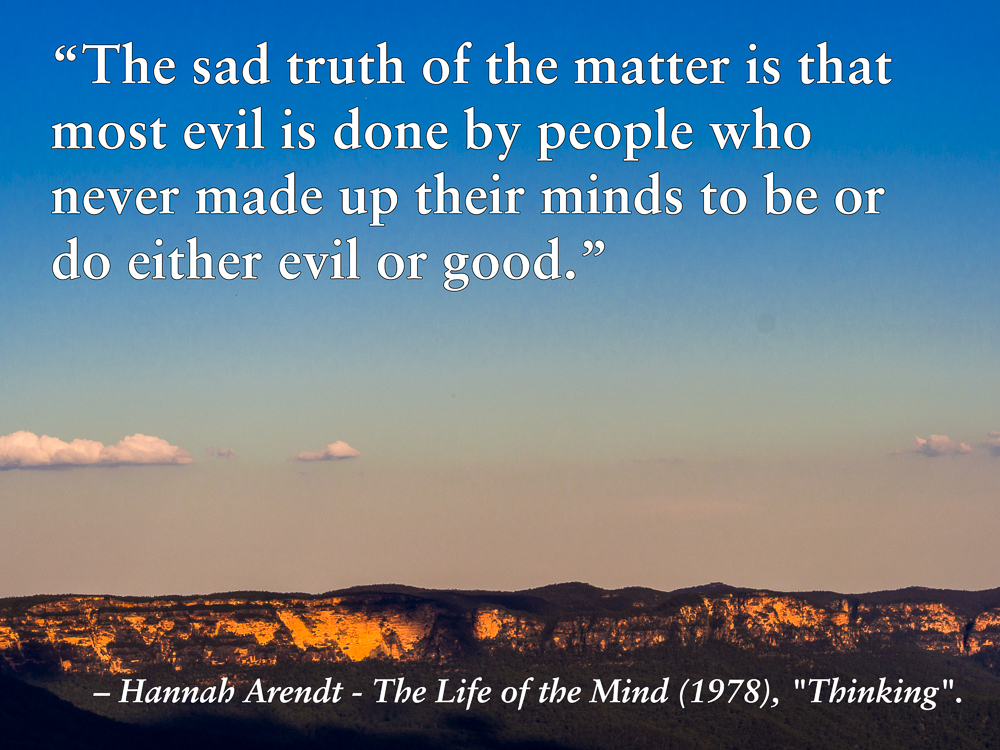



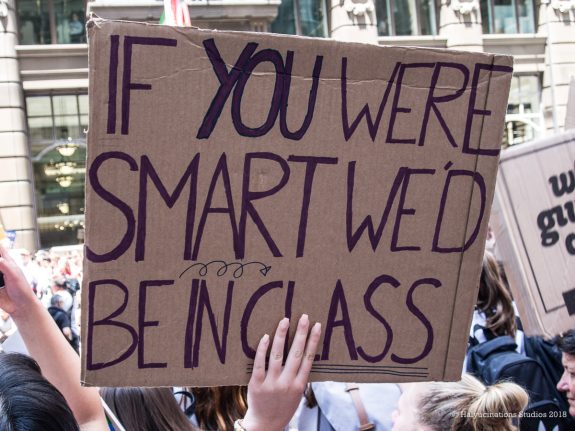
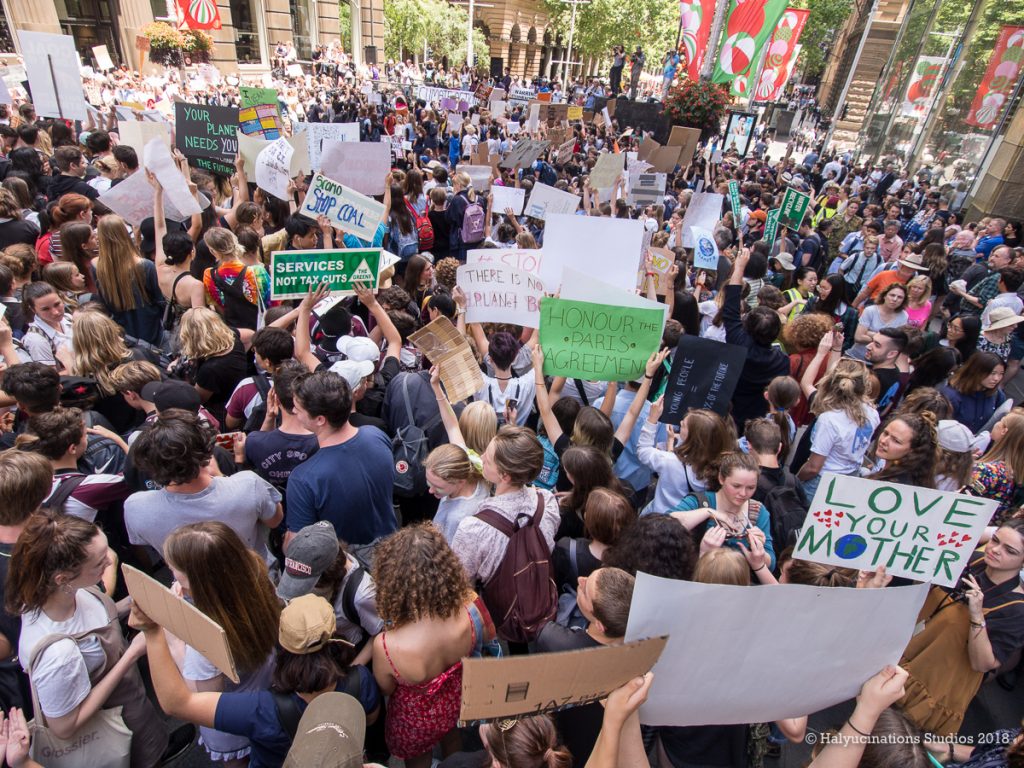
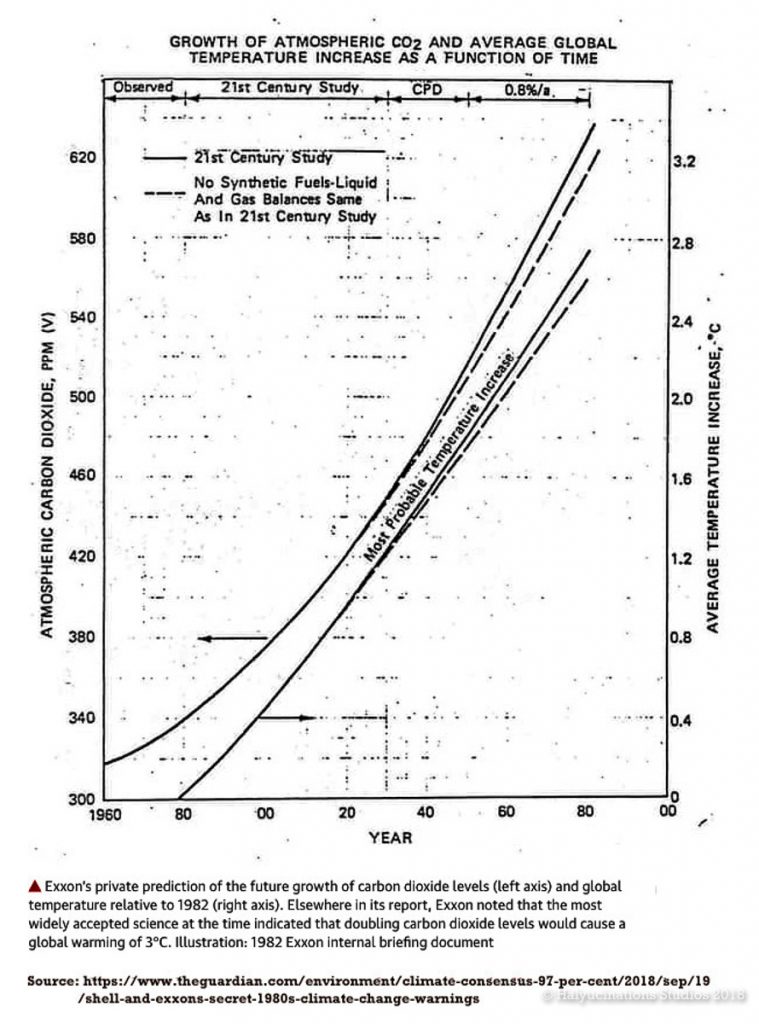
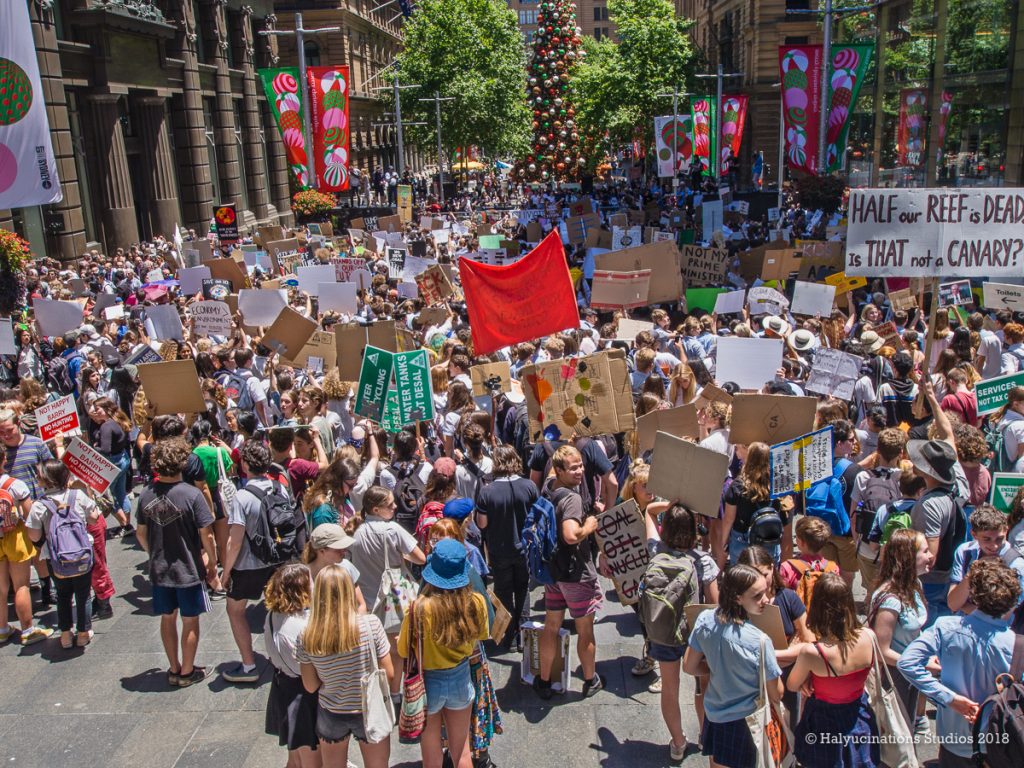
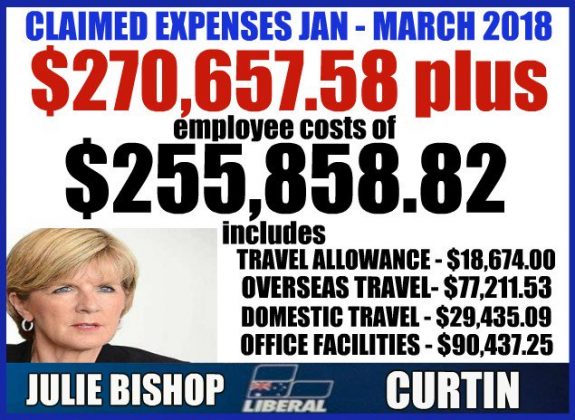
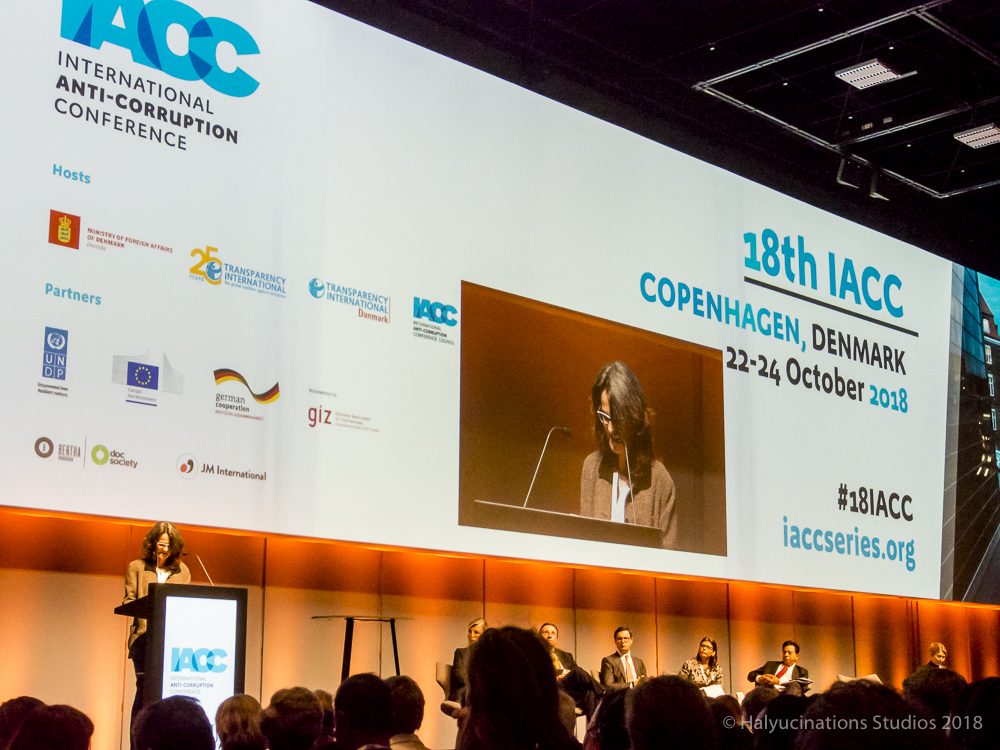

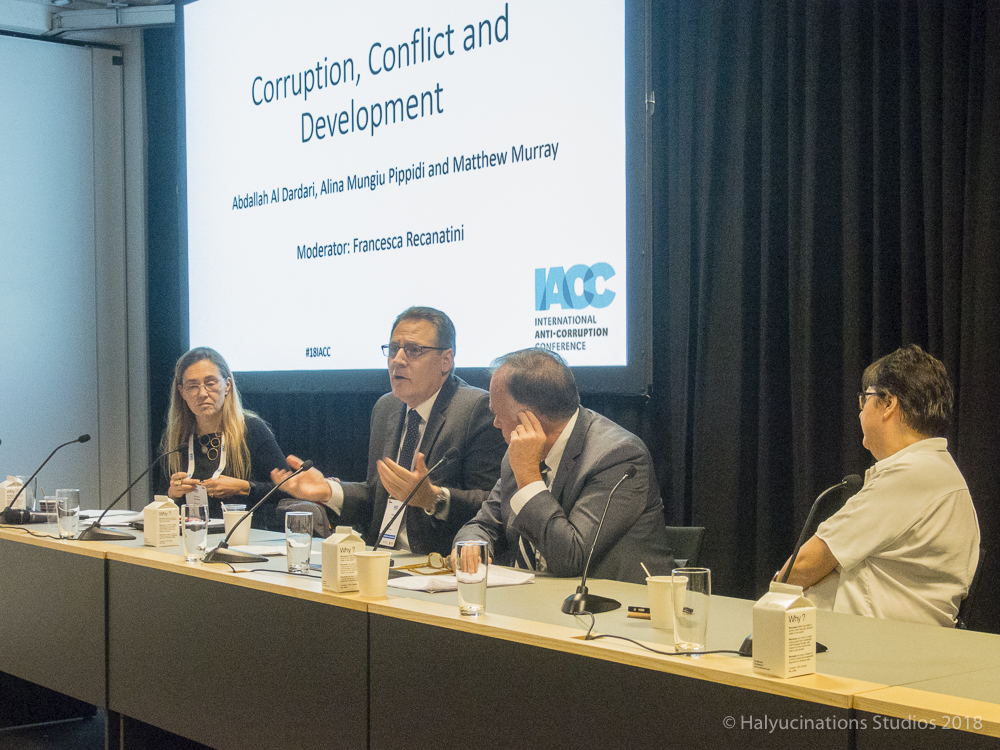
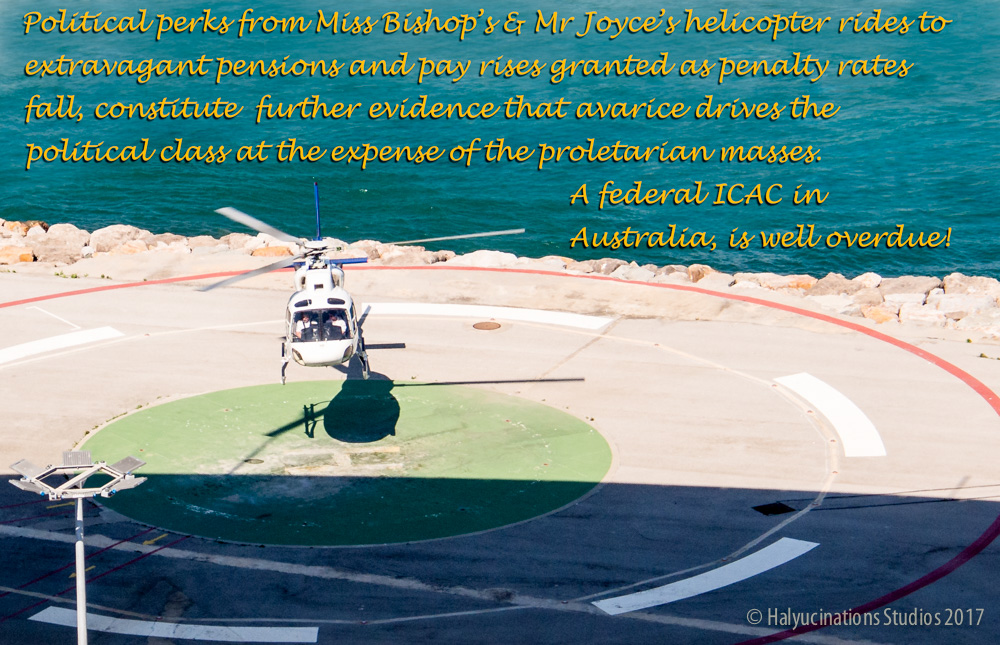
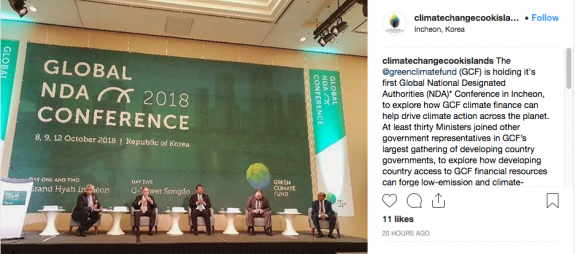


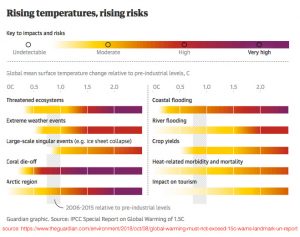 For a country replete in land and sunlight for setting up solar power generation, the excuses against transitioning our energy supply are feeble. Options include intermittent power supplies provided by solar panels, to the 24-hour power supply of solar reflectors heating molten salts,
For a country replete in land and sunlight for setting up solar power generation, the excuses against transitioning our energy supply are feeble. Options include intermittent power supplies provided by solar panels, to the 24-hour power supply of solar reflectors heating molten salts, 